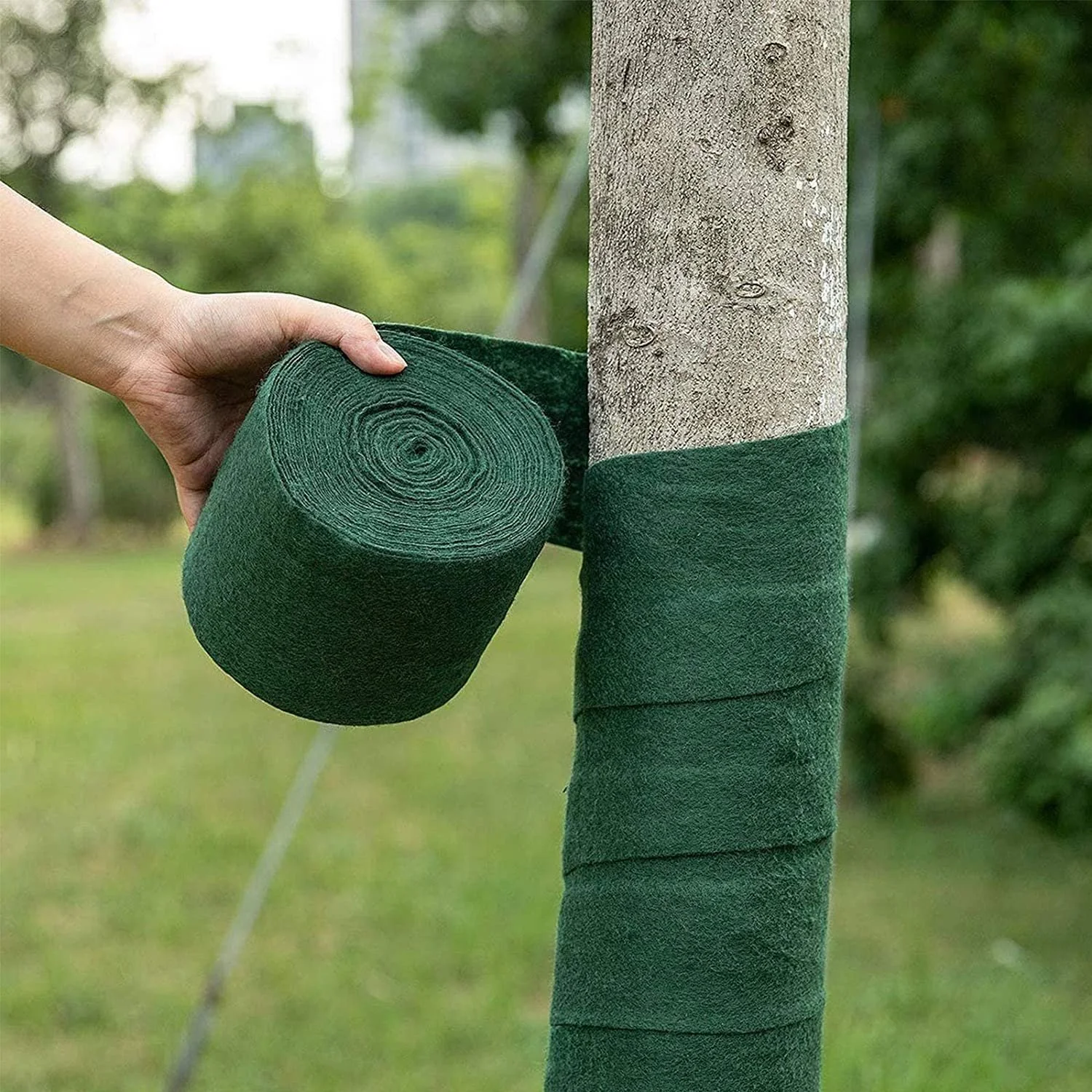Homeowners who planted new trees this year, especially ones with thin bark, will want to protect the southwest side of the new tree this winter to protect it from sunscald.
Many young, smooth, thin-barked trees like honey locusts, fruit trees, ashes, oaks, maples, lindens, red buds and willows are susceptible to sunscald and bark cracks.
Sunscald normally develops on the south or southwest side of a tree during late winter. Sunscald and bark cracks can lead to the death of a tree if it is not given special care.
Sunny, warm winter days may heat the bark to relatively high temperatures.
Research done in Georgia shows that the southwest side of the trunk on a peach tree can be 40 degrees warmer than shaded bark in the winter.
This warming action can cause a loss of cold hardiness of the bark tissue resulting in cells becoming active. These cells then become susceptible to lethal freezing when the temperature drops at night.
The damaged bark tissue becomes sunken and discolored in late spring. Damaged bark will eventually crack and slough off. Trees will often recover but will need some lots of extra care, especially watering during dry weather.
To prevent sunscald, the trunks of susceptible trees can be covered with tree wrap in October or November. Apply the wrap from the ground to the start of the first branches to protect recently planted trees.
Tree wrap must be removed in March to prevent girdling and possible insect damage. Until the bark has thickened on young trees, they may need to be wrapped yearly.
Another product that can be used on the trunk is tree paint. White latex paint is often used in orchards to help prevent splitting and cracking by reflecting light and heat from the tree trunk. Due to aesthetic reasons, most homeowners are not interested in using tree paints.
Girdling and Ringing
Because phloem tubes sit on the outside of the xylem, and just under the bark, trees and other woody plants can easily be killed by stripping away the bark in a ring on the trunk or main stem. This process is known as girdling or bark ringing.
Incomplete girdling (i.e., leaving about one-third of the bark intact) can be used to control a plant's growth. It can curb excessive leafy growth and help promote flowering and fruiting. It is a very useful process for unproductive fruit trees, with the exception of stone fruit.
Mice, voles, and rabbits can often girdle trees as they feed on its nutritious, sappy bark -- where these animals are a problem, trees should be protected with some kind of netting or other physical barrier around the main stem.



